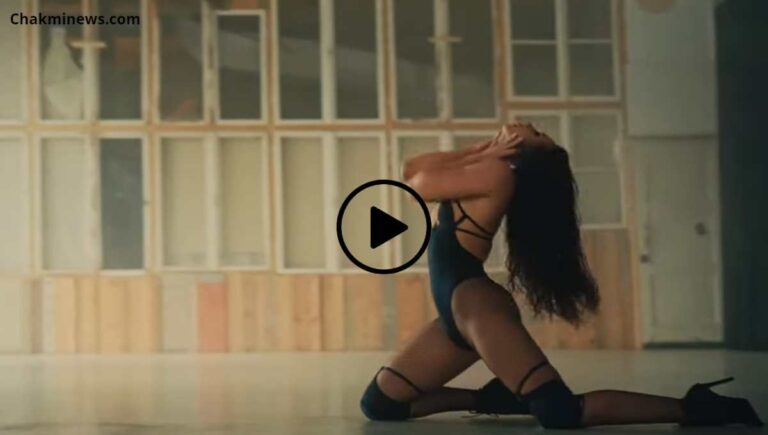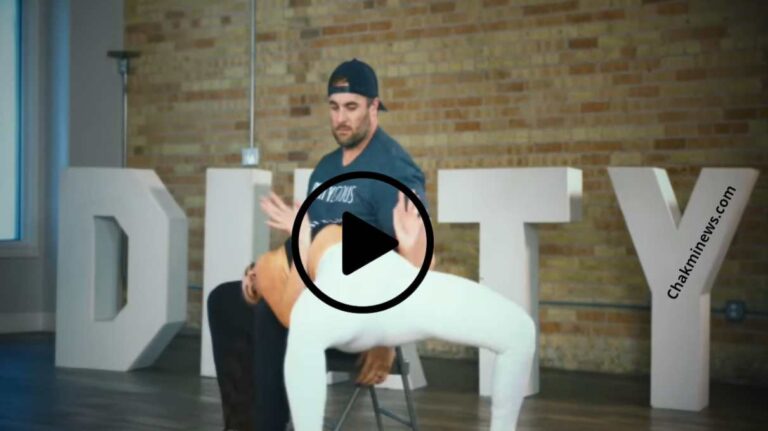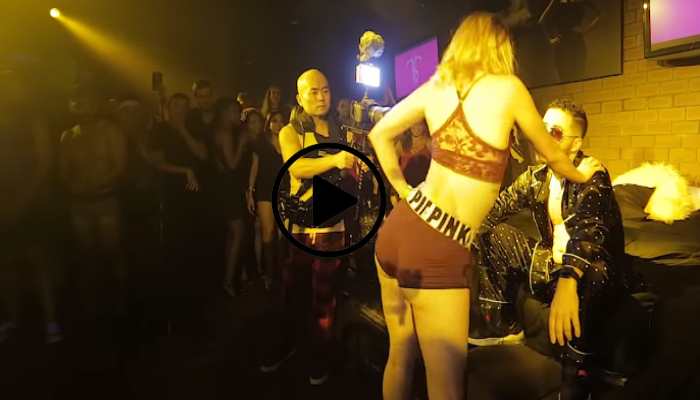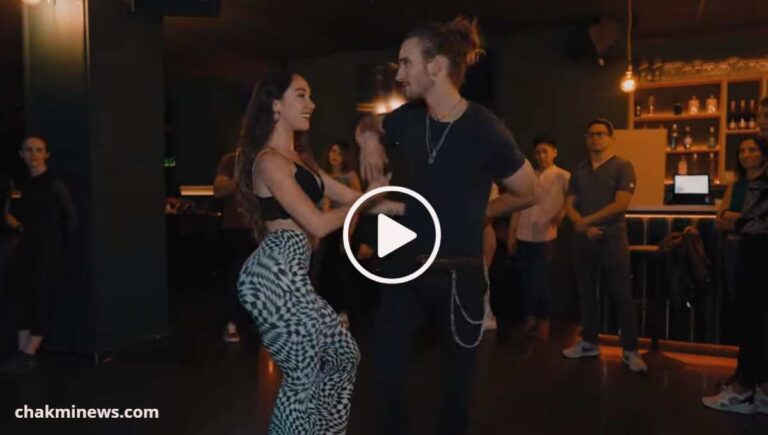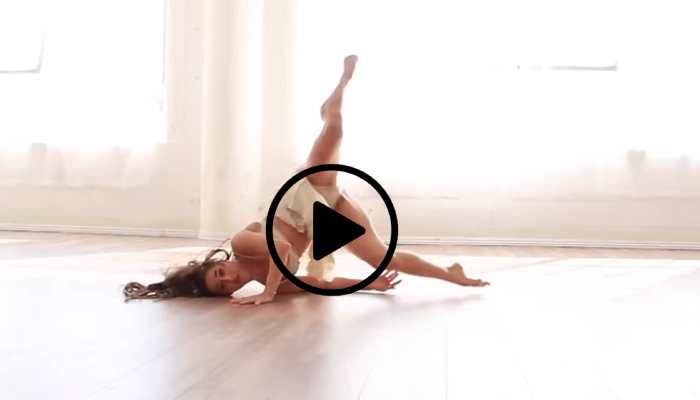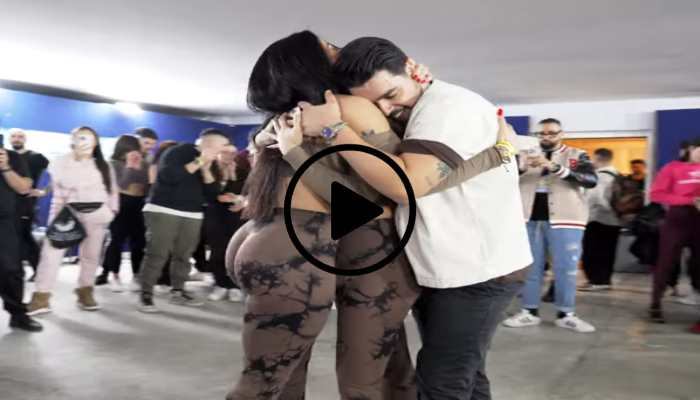What is the power of dance? What is the couple dance called?
Amidst the hustle of daily life, where work, chores, and parenting often take precedence, couples frequently find it challenging to carve out meaningful moments together. The demands of routine can overshadow the intimacy that once thrived. But what if there existed a fun, effortless way to reignite that connection and rediscover the spark in your relationship? Allow me to introduce you to the enchanting world of dance dates. Before we dive into this concept, take a moment to witness the captivating performance of Ataca and Alemana, a celebrated dance duo in the realm of social dancing. They embody the essence of what we are about to explore.
Imagine this scenario: you and your partner, elegantly dressed, stepping out for a romantic evening. A lively tune sets the ambiance, and you both move together seamlessly, locked in each other’s gaze. As you twirl and sway across the dancefloor, the day’s stresses dissolve. For those blissful minutes, nothing else matters but the connection between you two. This is the magic of a dance date.
Dancing, unlike passively watching a movie, is an active and shared experience. It’s impossible to be distracted by your phone when you’re intimately connected, coordinating steps, and holding each other close. Quality time is inherent in a dance date.
Even attending a salsa dance party after dinner can work wonders. The rhythmic beats elevate your heart rate, and the endorphins flow. As you move rhythmically with your partner, you’ll find yourself smiling, laughing, and feeling more attuned. Any lingering tension dissipates. Dancing brings you fully into the present moment you share.
Beyond the sheer joy of dancing, it fosters connection through touch and focused attention. Eye contact, reading subtle physical cues, and coordinating movements build emotional intimacy and empathy. Without pressure or expectations, you rediscover the initial allure that brought you together.
If you initially feel awkward or out of sync, don’t be disheartened. The more you dance together, the more comfortable you’ll become. Taking beginner dance classes is an excellent way to learn techniques while sharing new experiences. Whether it’s bachata, salsa, kizomba, or west coast swing, the focus is on having fun.
As your dance proficiency grows, you can playfully experiment and get creative. Invent your own flourishes and moves. Surprise your partner with a dramatic dip or twirl. Embrace the moments when you make mistakes. The key is to enjoy the journey of moving together.
During stressful or disconnected moments, a dance date serves as the ultimate remedy. The joy of dancing with abandon, akin to a child, uplifts your spirits. Non-verbal communication helps realign your connection. You’ll emerge feeling closer and more affectionate. What’s not to love?
So, the next time you crave quality time with your partner, put aside the TV remote and reach for their hand. Cue up some lively tunes and try a simple box step or two-step. Immerse yourself in the music and the motion, discovering your rhythm together. Who knows? A few graceful dance steps may be the perfect way to waltz into a deeper connection.
What is the couple’s dance called?
Couple dance, a captivating form of artistic expression and social interaction, encompasses a diverse range of styles that have evolved over centuries. This rhythmic coordination between two individuals not only showcases their unity but also serves as a celebration of cultural diversity and personal connection.
1. Waltz: The Dance of Elegance
- Characteristics:
- The Waltz, characterized by its graceful and flowing movements, originated in the 19th century.
- Couples move in a smooth, continuous fashion, emphasizing elegance and sophistication.
2. Tango: Passionate and Dramatic
- Characteristics:
- Originating in Argentina, the Tango is a dance of passion and intensity.
- Couples engage in close holds, showcasing dramatic footwork and intricate patterns.
3. Salsa: Rhythmic Latin Flavor
- Characteristics:
- Salsa, born from Afro-Cuban rhythms, is a lively and energetic couple dance.
- Vibrant hip movements, quick footwork, and rhythmic patterns define this Latin-inspired dance.
4. Foxtrot: Smooth and Sophisticated
- Characteristics:
- The Foxtrot is a smooth and progressive dance that emerged in the early 20th century.
- Couples move gracefully across the dance floor, combining slow and quick steps.
5. Swing: The Joyful Jitterbug
- Characteristics:
- Swing dance, including variations like the Lindy Hop and Jitterbug, is known for its lively and energetic style.
- Couples incorporate playful spins, lifts, and dynamic footwork, reflecting the joyous spirit of the dance.
6. Rumba: Expressive and Romantic
- Characteristics:
- Rumba, with its roots in Afro-Cuban rhythms, is a slow and sensual dance.
- Couples emphasize expressive movements, portraying a romantic narrative through their dance.
7. Ballroom Dance: A Tapestry of Styles
- Characteristics:
- Ballroom dance encompasses various styles like the Quickstep, Viennese Waltz, and Cha-Cha.
- Distinguished by its structured holds and specific footwork, ballroom dance offers a rich tapestry of styles for couples.
8. Bollywood Dance: Fusion of Indian Cinema
- Characteristics:
- Influenced by the vibrant world of Indian cinema, Bollywood dance is a lively and expressive form.
- Couples engage in energetic movements, incorporating elements of classical Indian dance and modern choreography.
9. Contemporary Dance: Emotion and Creativity
- Characteristics:
- Contemporary dance is an expressive and fluid form that often transcends traditional boundaries.
- Couples explore emotional storytelling through innovative movements, creating a dynamic and personal connection.
10. Social Dance: Connecting Communities
- Characteristics:
- Social dances like the Two-Step, Samba, and Merengue bring communities together for socializing and celebration.
- These dances often evolve organically, reflecting the cultural influences of the communities that embrace them.
Read Also – Why Do We All Need a Bit of Pumpfidence? Exploring the Power of Confidence and Self-Assurance

Pulkeet Gupta is a dedicated content writer specializing in the field of education and entertainment niche. With a passion for learning and a keen interest in sharing knowledge, Pulkeet has established himself as a prominent figure in the education and entertainment writing community.

